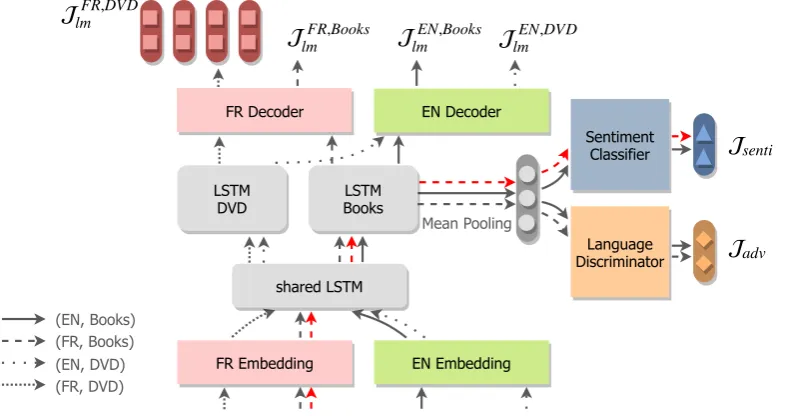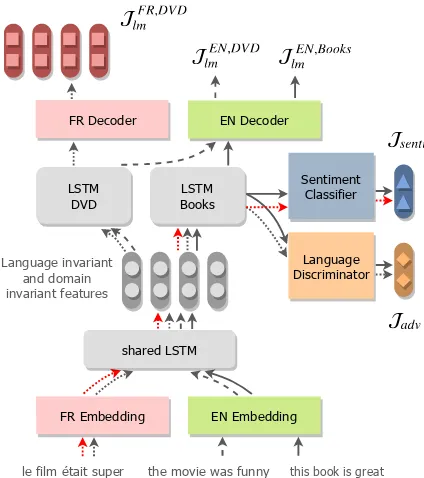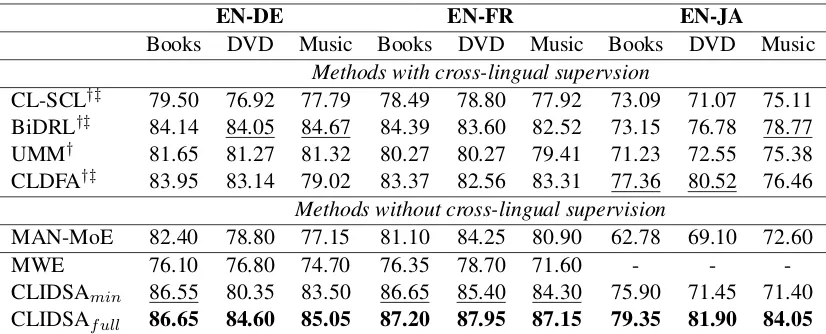Towards a Unified End to End Approach for Fully Unsupervised Cross Lingual Sentiment Analysis
Full text
Figure




Related documents
Word alignment : Most approaches use parallel word-aligned data in the form of bilingual or cross-lingual dictionary with pairs of translations between words in different
Neverthe- less, these early systems were later superseded by Statistical Machine Translation (SMT) based approaches, which induced an initial phrase-table through
Cross-lingual Classification with Machine Translation: In the third ex- periment, we evaluate the classifier when the model is trained on data in a certain language (e.g. Spanish),
We first investigate several basic methods (including lexicon-based methods and corpus-based methods) for cross-lingual sentiment classification by simply leveraging machine
The proposed models use fea- tures based on attention weights of a neural machine translation system and cross-lingual phrase embeddings as input features of a re- gression model..
So we believe that, if we use translation based strategy (machine transla- tion and monolingual textual entailment) to gener- ate cross-lingual textual entailment, we should use
In this work, we use Cross Lingual Explicit Semantic Analysis (CLESA) based context disambiguation between the ontology context and the translation candidates, to rank the
in [12], have presented a detailed survey paper for Cross Lingual Information Retrieval (CLIR) methods, which are Machine Translation, Bilingual dictionary,